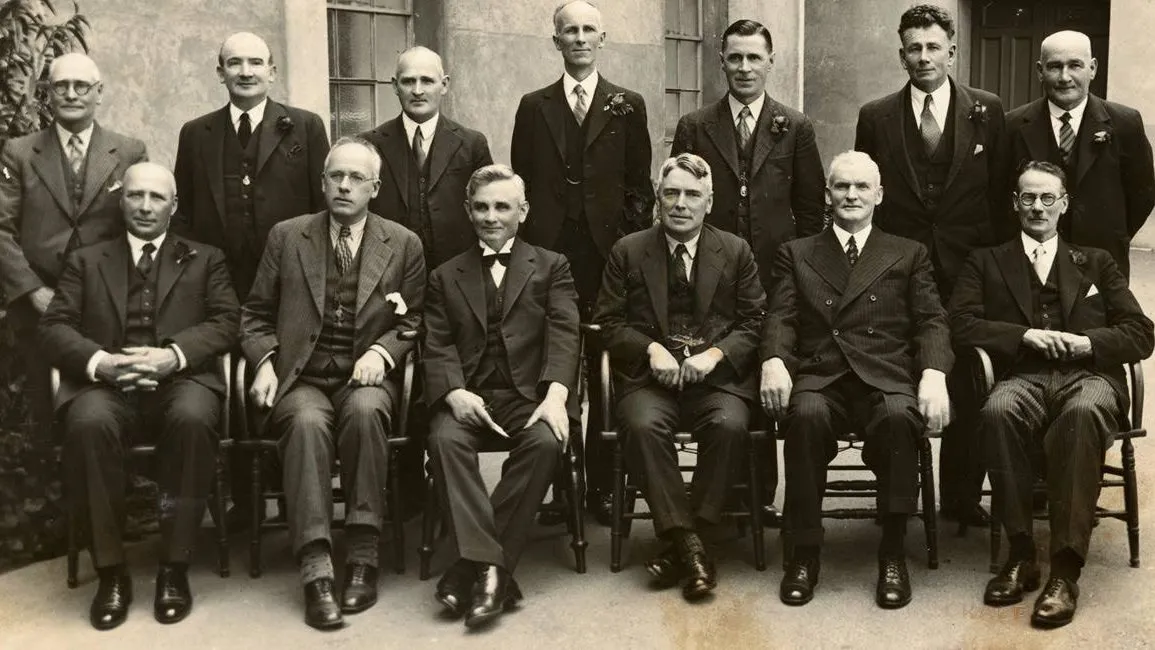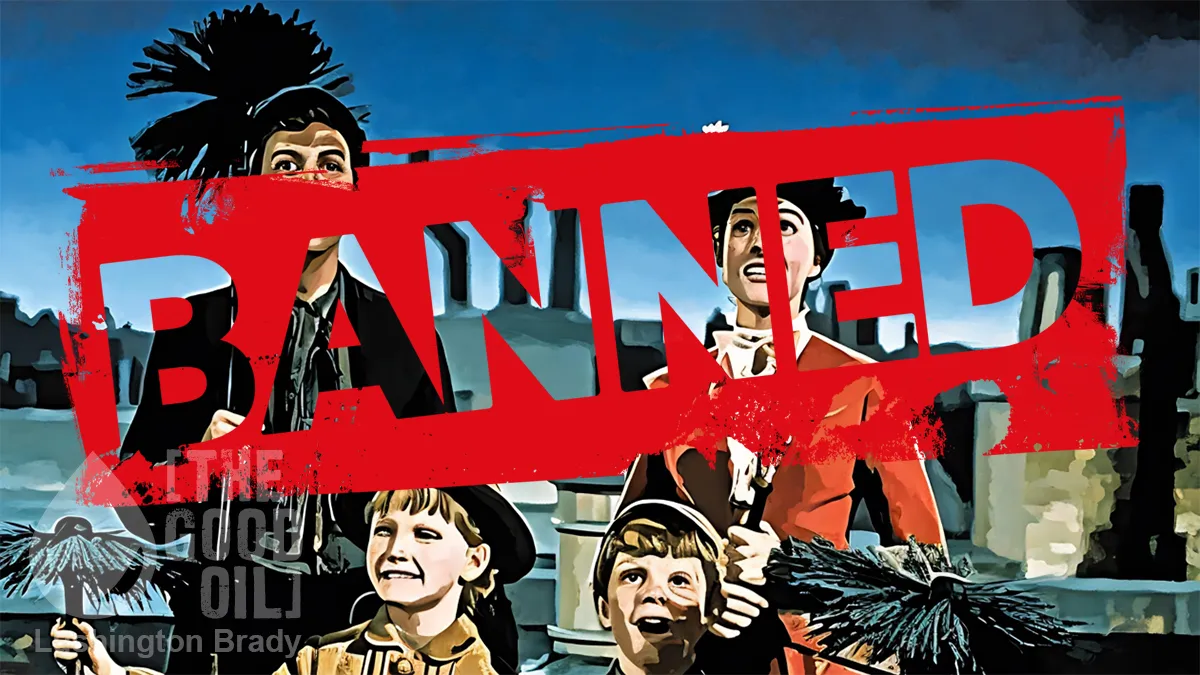Today is the 103rd anniversary of the formation of the New Zealand Labour Party. Huddled around a table in a smokey room in Wellington, a group of old white men said, “Let’s do this!”
After some 10 years of indecision and internal strife in the Labour movement, the New Zealand Labour Party was formed at a joint conference held in Wellington on 7 July 1916. […] The growing conservatism of the Liberals even before Seddon’s death and the rigidity with which the arbitration system functioned in practice began to arouse widespread trade union dissatisfaction. By 1905, therefore, the trades councils had resolved, although not without differences of opinion, to form an independent political party. Before much progress had been made, however, an infusion of radical doctrines from abroad transformed the situation in the Labour movement.
In 1906, three militant socialists, Semple, Webb, and Hickey began agitation on the West Coast. They found the miners extremely susceptible to demonstrations being more effective in getting results than arbitration and conciliation. The Blackball Mine strike of 1908, instigated by Hickey, broke the spell of the arbitration system; no longer was New Zealand “a country without strikes”. In the same year the three formed the New Zealand Federation of Miners, soon broadened and renamed the New Zealand Federation of Labour. The New Zealand Labour movement thus became sharply divided into two camps. On the one hand were the “moderates”, represented by the trades councils and their political party, the Independent Political Labour League, reformed and renamed in 1910 as the New Zealand Labour Party and reorganised again in 1912 as the United Labour Party. On the other were the “militants”, represented by the “Red Federation” and its political subsidiary, the New Zealand Socialist Party.
The moderates subscribed to a cautious socialist objective and in essence they believed in reform by legislation. The militants, however, despite their association with the Socialist Party, remained for the most part scornful of political action. They stood for industrial unionism, that is, organisation on lines of industry, not craft, and they conceived of the strike as essentially a political weapon. In 1912 the Federation of Labour adopted in its preamble the doctrines of the syndicalist American Industrial Workers of the World: “The working class and the employing class have nothing in common … Between these two classes a struggle must go on until the workers of the world organise as a class, take possession of the earth and the means of production and abolish the wage system”. […]
The somewhat imperfect degree of unity thus achieved, however, was soon jeopardised by the great 1913 wharf and mine strike. […] It was the outbreak of the First World War in August 1914 which really rescued the Labour movement from its prevailing confusion. […]
In effect, therefore, the SDP transformed itself into the New Zealand Labour Party and, except for local preservation of the name in Wellington and Palmerston North (two centres where radicalism remained strong), passed formally out of existence. The new party represented a compromise between moderates and militants, on the initiative of the latter. Its platform was virtually that of the SDP. But it was, on the whole, attuned to the moderate position, for the SDP platform, itself fashioned in the compromise of 1913, did not differ greatly from that advocated after 1905 by the trades councils.
TeAra








